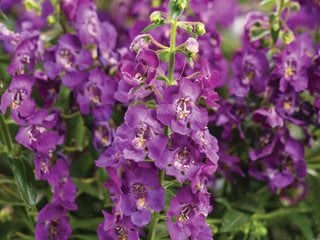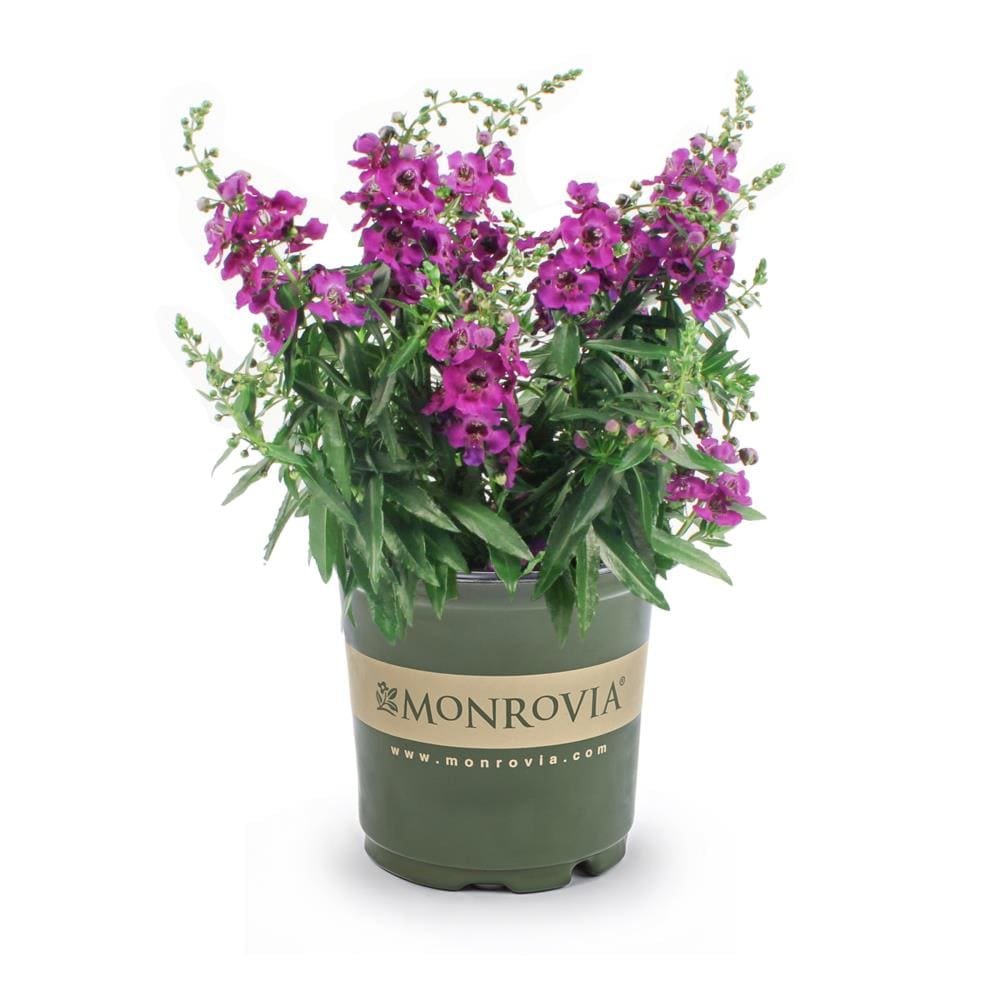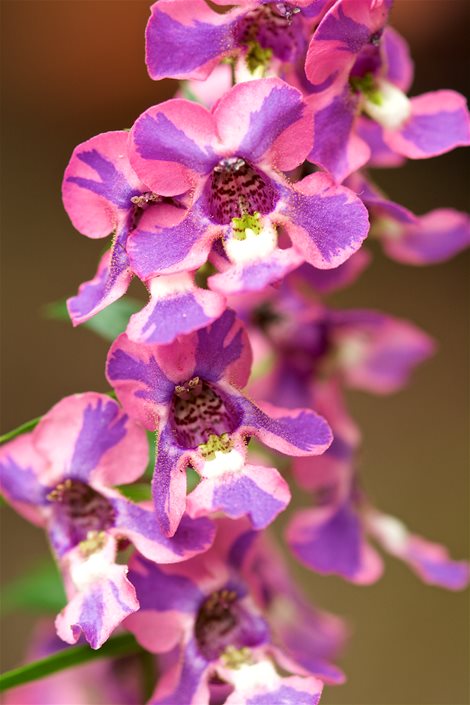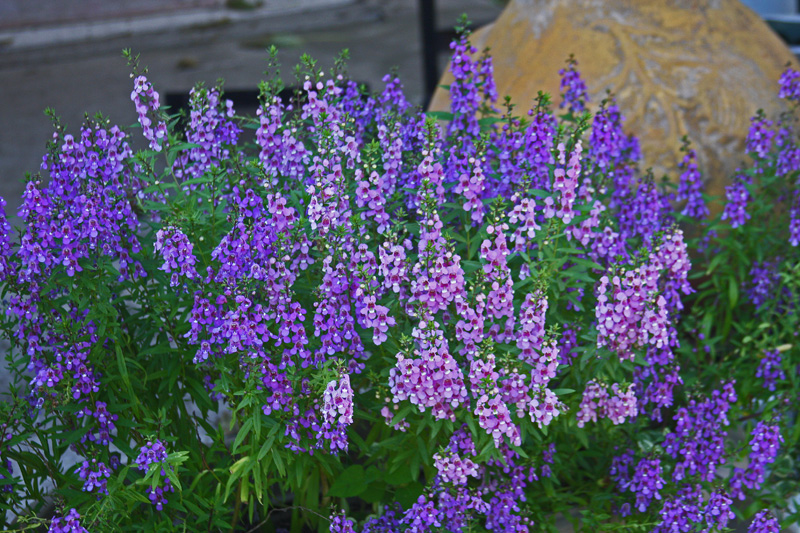Angelonia Annual: The Easytogrow Flower That Will Bloom All Summer Long
Angelonia Annual: The Easy-to-Grow Flower That Will Bloom All Summer Long
Angelonia is a beautiful and easy-to-grow annual flower that is perfect for adding a splash of color to your garden. These flowers are known for their long blooming period, which can last from late spring to fall. Angelonia is also relatively drought-tolerant and can thrive in hot, humid climates.
If you're looking for a low-maintenance flower that will add beauty to your garden all summer long, angelonia is a great option. Here's everything you need to know about growing angelonia flowers.
Introduction
Angelonia is a genus of flowering plants in the family Plantaginaceae. There are approximately 30 species of angelonia, which are native to tropical and subtropical regions of the Americas. Angelonia plants are known for their tubular flowers, which can be white, pink, purple, or blue. The flowers are typically arranged in spikes or racemes, and they can bloom all summer long.
Angelonia plants are relatively easy to grow and care for. They prefer full sun and well-drained soil. Angelonia plants are drought-tolerant, but they will benefit from regular watering during the hot summer months. Angelonia plants are also relatively pest- and disease-resistant.
Main Content
How to Grow Angelonia
Angelonia plants can be grown from seed or from transplants. If you're starting from seed, sow the seeds indoors about 6-8 weeks before the last frost. Angelonia seeds can be slow to germinate, so be patient. Once the seedlings have germinated, thin them to about 6 inches apart.
If you're planting angelonia transplants, space them about 12-18 inches apart. Angelonia plants prefer full sun, but they can tolerate partial shade. They also prefer well-drained soil. Amend the soil with compost or other organic matter before planting.
Water angelonia plants regularly, especially during the hot summer months. Angelonia plants are drought-tolerant, but they will benefit from a deep watering once a week. Fertilize angelonia plants every few weeks with a balanced fertilizer.
Pests and Diseases
Angelonia plants are relatively pest- and disease-resistant. However, they can be susceptible to aphids, spider mites, and whiteflies. If you see any pests on your angelonia plants, treat them with an insecticidal soap or neem oil.
Deadheading
Angelonia plants will bloom all summer long if you deadhead them regularly. Deadheading simply means removing the spent flowers. This will encourage the plant to produce more flowers.
Overwintering
In colder climates, angelonia plants are grown as annuals. However, in warmer climates, angelonia plants can be overwintered indoors. To overwinter angelonia plants, bring them indoors in the fall and place them in a cool, bright location. Water the plants sparingly during the winter months. In the spring, you can transplant the angelonia plants outdoors once the weather has warmed up.
Conclusion
Angelonia is a beautiful and easy-to-grow annual flower that is perfect for adding a splash of color to your garden. These flowers are known for their long blooming period, which can last from late spring to fall. Angelonia is also relatively drought-tolerant and can thrive in hot, humid climates.
If you're looking for a low-maintenance flower that will add beauty to your garden all summer long, angelonia is a great option. With a little care and attention, you can enjoy these beautiful flowers for many years to come.
FAQ of angelonia annual
- Is angelonia an annual or perennial?
Angelonia is typically grown as an annual in most climates, but it can act as a perennial in USDA hardiness zones 9 to 11, where it can survive mild winters.
- How do you maintain angelonia?
Angelonia is a relatively low-maintenance plant. It prefers full sun and well-drained soil. Water it regularly, especially during hot, dry weather. Fertilize it once a month with a balanced fertilizer. Deadhead spent flowers to encourage new blooms.
- What are some common problems with angelonia?
The most common problems with angelonia are powdery mildew, spider mites, and aphids. Powdery mildew can be prevented by watering in the morning so that the leaves have a chance to dry before nightfall. Spider mites and aphids can be controlled with insecticidal soap or neem oil.
- How do you propagate angelonia?
Angelonia can be propagated from seed or cuttings. To propagate from seed, sow the seeds indoors 6 to 8 weeks before the last frost. To propagate from cuttings, take 4-6 inch cuttings from healthy, mature stems in the spring or summer. Dip the cuttings in rooting hormone and plant them in a well-draining potting mix. Keep the cuttings moist and in a warm, sunny location. They should root in 2 to 4 weeks.
- What are some good companion plants for angelonia?
Some good companion plants for angelonia include marigolds, petunias, zinnias, and lantana. These plants have similar growing conditions and will help to attract pollinators to your garden.
Image of angelonia annual
5 different images of Angelonia annual from Pinterest:
- Angelonia in a hanging basket. This angelonia plant is blooming with bright pink flowers. The flowers are tubular and have a white throat. The leaves are dark green and have a serrated edge.

- Angelonia in a garden bed. This angelonia plant is blooming with purple flowers. The flowers are tubular and have a white throat. The leaves are dark green and have a serrated edge. The plant is surrounded by other flowers, including marigolds and petunias.

- Angelonia in a pot. This angelonia plant is blooming with white flowers. The flowers are tubular and have a yellow throat. The leaves are dark green and have a serrated edge. The plant is sitting on a patio table.

- Angelonia close-up. This close-up of an angelonia flower shows the intricate details of the petals. The petals are a deep pink color and have a white throat. The center of the flower is filled with yellow stamens.

- Angelonia in full bloom. This angelonia plant is in full bloom. The flowers are a variety of colors, including pink, purple, white, and yellow. The leaves are dark green and have a serrated edge. The plant is surrounded by other flowers, including marigolds and petunias.

Post a Comment for "Angelonia Annual: The Easytogrow Flower That Will Bloom All Summer Long"